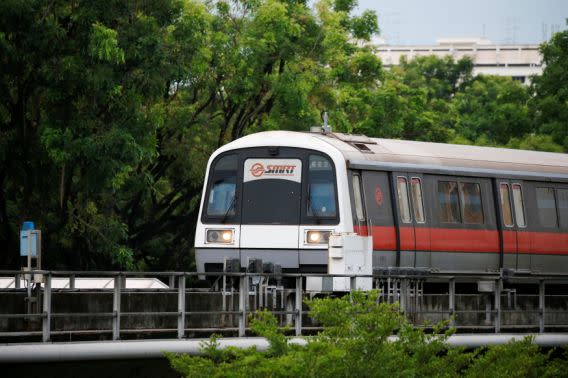New MRT signalling system should stabilise before end-2017: Khaw Boon Wan

The new signalling system on the North South Line (NSL) should stabilise before year-end “if there are no new surprises”, said Transport Minister Khaw Boon Wan even as he raised the 2020 target for the MRT’s reliability, according to media reports.
Speaking on Thursday (26 July) at the fourth joint forum on infrastructure maintenance organised by SMRT, Khaw, who is also Coordinating Minister for Infrastructure, noted that with progressive software upgrades, the overall resignalling programme has been “smoother than what we had feared”.
Khaw added that once the NSL is done, resignalling on the East West Line “should be faster, as we can port over the lessons from our experience in North South Line”.
“While there will still be delays, if we have done our best to minimise them, I am sure Singaporeans will be understanding and forgiving,” said the minister, who had warned in Parliament in March of “hitches” as the signalling system is upgraded.
And while the Mean Kilometre Between Failure (MKBF) performance target – a measure of the average number of kilometres that trains on a network travel before delays of more than five minutes – for 2017 has been set at 300,000 train kilometres, the first half of this year has seen MRT exceed this target.
In 2015, MRT trains travelled an average of 133,000km between delays of more than five minutes, and this has gone up to nearly 400,000 train-km. But this was based on preliminary data that excluded delays caused by the testing of the new signalling system on the NSL.
All five lines improved, with the North East Line clocking 978,000 train-km between failures. “This is a satisfactory outcome, against our targets of 300,000 MKBF this year, 400,000 MKBF next year and 800,000 train-km by 2020,” said Khaw. These targets were set last year against the best-in-class Taipei Metro, which clocked 800,000 MKBF.
But because Taipei Metro has since improved further by achieving 1 million MKBF, Khaw is upping the 2020 target from 800,000 to 1 million train-km.
The minister also reported that the number of major breakdowns – lasting 30 minutes or more – also fell to three in the first six months of the year, from 10 in the same period last year. This does not include the numerous delays caused by resignalling tests on the NSL.
Related articles:


